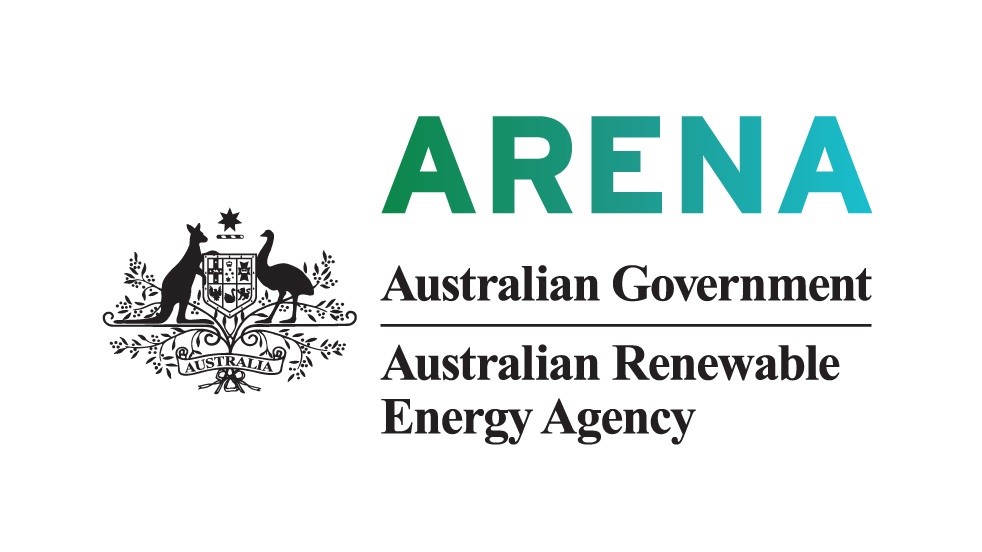Australian Government’s roadmap to use electric vehicle charging technology to curb emissions with $74 Million dollar investment

The mass confusion during the COVID-19 situation has forced governments to lead the country towards a strong reopening plan. The stringent mobility issues coupled with global slowdown has caused a decline in economic growth in all aspects of the industry. The peak of COVID-19 has passed in all advanced countries however it has left a lasting impact on the rest of the economy. The government has planned to initiate a strong technology investment roadmap that is planned for short, medium and long term. Annual low emissions are key milestones of the roadmap process. These statements prioritise low emissions technologies with the potential to deliver the strongest economic and emissions reduction outcomes for Australia. This will include incentives for electric vehicle charging installations.

The new incentive will see Australian Businesses offered incentives to invest in EV fleets as which represents the path towards net-zero emissions beyond 2050. The $74.5 million package to assist businesses trial new technology for fleets, install electric car charging infrastructure at workplaces nationwide.
Furthermore, grants will be offered for installing electric vehicle chargers across regional blackspots in a further boost to the industry. With 52% of new car sales being to fleets which in turn drive the reseller market this announcement is sure to support the tailwinds currently enjoyed by the EV industry.
The Future Fuels Fund will be administered by ARENA to provide the funding over four years
Australia technology investment roadmap is a framework to prioritizes, the government’s investments in new and emerging technologies. It’s a clear plan to attract new investments to strengthen the economy and create jobs. The roadmaps’ first low emissions include 5 key areas and over $18 billion in technology.
- Clean hydrogen
- Electricity storage
- Low emissions steel and aluminum production
- Carbon capture and storage
- Soil carbon sequestration
Getting these technologies right will open up new export opportunities and create jobs across the country while also reducing emissions. The government will update priorities each year with advice from an expert group of science, business, technology, and government leaders. The technology is an ever-evolving facet, governments have used it to support and drive the economy towards a net zero-emission. Particular focus is placed on electric vehicle chargers, batteries and the decarbonizing industry. The current plans for the government. Investment in batteries could lead to a significant difference in the price of kWh hence leading to a cheaper EV price, further curbing carbon emissions from the transport industry. Plans to start battery manufacturing in Australia may be on the horizon as access to raw materials is easily available in the Australian economy.
The government plans to optimize the building of complimentary dispatchable generation, storage, and transmission to match intermittent renewables and support electrification of other sectors. Growing capacity to support energy exports and expanded domestic industries using reducing the cost of transporting goods through heavy vehicle efficiency and hydrogen fuel cells.
The opposition party claims that is just another delusion and a party distraction trick to be used to flock to the votes. It is difficult to understand the exact economic multiple from government spending and its feasibility to expand on economic growth. The use of public money to help drive private investment. The fundamental challenge of this policy is a well-coordinated national energy policy to ensure a maximum reduction in emissions and employment choices for the ones that are transitioning from another industry.



